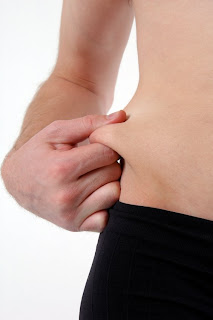
Eating well is an important part of maintaining good health, and can help you feel your best. It can be simple too. Just follow these eight tips to get started.
- Eat the right number of calories for how active you are, so that you balance the energy you consume with the energy you use. If you eat too much, you’ll put on weight. If you eat too little you’ll lose weight. The average man needs around 2,500 calories a day. The average woman needs 2,000 calories.
- Eat a wide range of foods to ensure that you’re getting a balanced diet and that your body is receiving all the nutrients it needs.
- Base your meals on starchy foods
Starchy foods include potatoes, cereals, pasta, rice and bread. Choose wholegrain varieties when you can: they contain more fibre, and can make you feel full for longer. Starchy foods should make up around one third of the foods you eat.
Most of us should eat more starchy foods: try to include at least one starchy food with each main meal. Some people think starchy foods are fattening, but gram for gram they contain fewer than half the calories of fat. - Eat lots of fruit and veg
It’s recommended that we eat at least five portions of different types of fruit and veg a day. It’s easier than it sounds. A glass of 100% unsweetened fruit juice can count as one portion, and vegetables cooked into dishes also count. Why not chop a banana over your breakfast cereal, or swap your usual mid-morning snack for some dried fruit? - Eat more fish
Fish is a good source of protein and contains many vitamins and minerals. Aim for at least two portions a week, including at least one portion of oily fish. Oily fish is high in omega-3 fats, which may help to prevent heart disease. You can choose from fresh, frozen and canned; but remember that canned and smoked fish can be high in salt. Oily fish include salmon, mackerel, trout, herring, fresh tuna, sardines and pilchards. Non-oily fish include haddock, plaice, coley, cod, tinned tuna, skate and hake. Anyone who regularly eats a lot of fish should try to choose as wide a variety as possible. - Cut down on saturated fat and sugar
We all need some fat in our diet. But it’s important to pay attention to the type of fat we’re eating. There are two main types of fat: saturated and unsaturated. Too much saturated fat can increase the amount of cholesterol in the blood, which increases your risk of developing heart disease. Saturated fat is found in many foods, such as cakes, pies, biscuits, sausages, cream, butter, lard and hard cheese. Try to cut down, and choose foods that contain unsaturated rather than saturated fats, such as vegetable oils, oily fish and avocados. Learn more, and get tips on cutting down, in Eat less saturated fat.
Most people in the UK eat too much sugar. Sugary foods and drinks are often high in calories, and could contribute to weight gain. They can also cause tooth decay, especially if eaten between meals. Cut down on sugary fizzy drinks, cakes, biscuits and pastries, which contain added sugars: this is the kind of sugar we should be cutting down on rather than sugars that are found naturally in foods such as fruit and milk. Food labels can help: use them to check how much sugar foods contain. More than 15g of sugar per 100g means that the food is high in sugar









